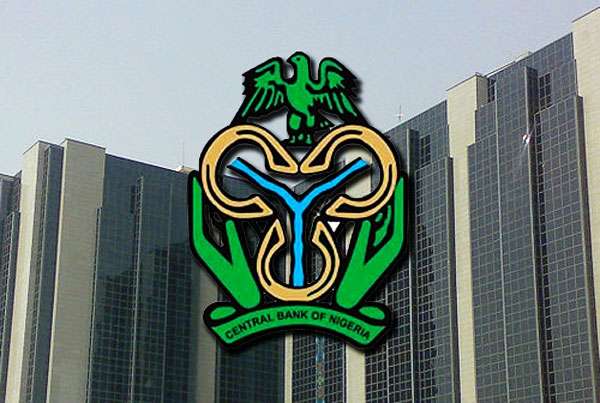The Central Bank of Nigeria, CBN, issued a circular in July, entitled: “Regulatory measures to improve lending to the real sector of the Nigerian economy”. The key take out from the circular is to ensure that all banks have a minimum Loan to Deposit Ratio, LDR of 60 per cent by September 2019. At face value, the directive appears to seek to ramp up credit growth – which has been negative over the past 18 months – thus exacerbating the after-effects of the recession and keeping economic growth stunted.
However, upon closer review, not much has changed, though this is a step in the right direction. The timeliness of the directive is to be commended as well as its implications for economic growth and more importantly, for SMEs, who are at the heart of economic activity.
While the regulator has conceived this directive with the right intent, the banking industry is only just recovering from a three-year stretch of double-digit non-performing loans, NPLs, and lenders remain wary of creating risk assets for the sake of it. Even though there is a 150 per cent weighting given to loans in the SME, retail, mortgage and consumer lending sectors of the economy, it is unclear if that is enough to trigger a flurry of loans to these sectors, as they are not viewed as bankable and possess high-risk factors.
READ ALSO:Court remands herdsman for allegedly killing farmer in Niger
Also, the supposed deterrent by the CBN stating that banks which do not meet the 60 per cent LDR threshold will have an additional levy of Cash Reserve Requirement, CRR, equal to 50 per cent of the shortfall of the target LDR might not lead to the expected behaviour of increased lending.
Haunted by the ghosts of NPLs, it is safe to assume that lenders would rather have this CRR levy than loans for the sake of it. To offset the levy, banks would simply need to grow deposits aggressively, thereby offsetting the impact of these sterilised deposits.
However, the real challenge to credit creation has been an under-developed identity management system. Credit bureaus were formally introduced to Nigeria in 2004 but have yet to deepen the credit creation culture. Currently, there are only three registered credit bureaus in Nigeria and the total number of credit records (as at 2018) was just over 20 million, according to CRC credit bureau.
While this is a material growth from 2.8 million records in 2010, it is still a far cry from a total adult population of about 100 million people. The ability to verify records is not solely a fault attributable to the bureau themselves but also the fact that identity management is an ongoing issue in the country.
There have been various iterations of the National ID card; there also exists the Bank Verification Number, BVN, for those with bank accounts; as well as the Permanent Voters Card, PVC, and Driver’s Licence. Despite these various silos of identity management, there is no central repository, which makes it extremely difficult to map out an individual and make instant credit decisions, as is the norm in other markets.
While the current decision by the industry to ensure that defaulting debtors in one bank are barred from borrowing from any other bank using the BVN is a step in the right direction, the overarching institutional challenges must be tackled.
READ ALSO:Lagos to inaugurate state rice mill
When compared to the Caucasian nation of Georgia where credit bureau were introduced at about the same time in 2005, Nigeria continues to lag behind. Georgian banks partnered with Credit-info in 2005 to set up the country’s first credit bureau. Within two years, the bureau had gained records on 232,000 people. Now it covers 2.6 million Georgians, in a country with about three million adults.
This has led to increased financial intermediation in the country, while the value of loans jumped from under 10 per cent of GDP in 2004 to 56 per cent in 2016 in Georgia; this compared to a total value of loans in Nigeria which remains stuck at just about 10 per cent of GDP. Consequently, with increased loan creation in Georgia, average interest rates declined from 20.2 per cent to 12.6 per cent, according to The Economist.
It is clear that without a detailed identification database, credit cannot be extended to deserving individuals and accordingly, the cost of loans cannot trend downwards. Ensuring that identities are truly mapped is key in the long term to reducing the price of money, which is a crucial element to growing any economy.


